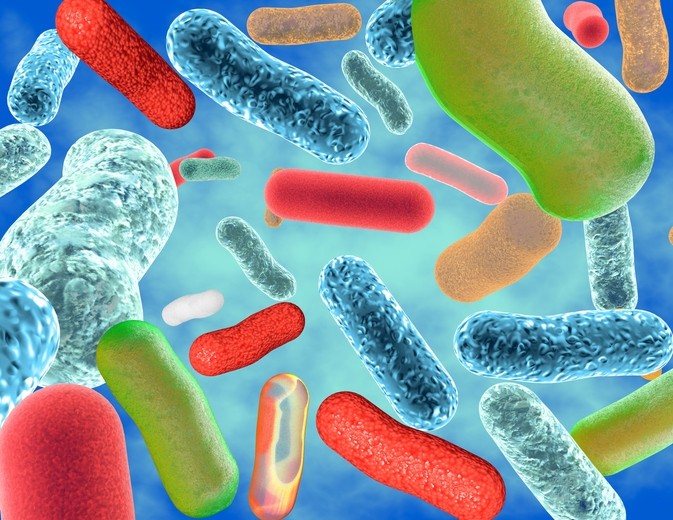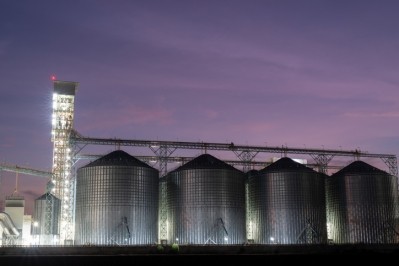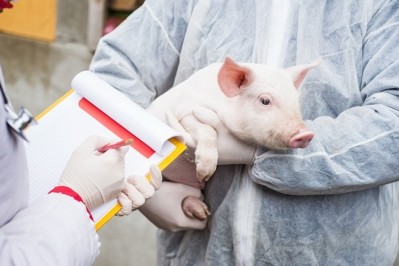Alltech focused on improving the diversity of bacteria within the animal microbiome

During a press tour last month, FeedNavigator got to sit down with Richard Murphy, research director at the center, to hear about what the R&D team there is doing to improve the overall health of farmed animals.
He said the team has been working on two of those pillars – gut health and trace mineral research – for at least 25 years.
“Crop science research, though, is a new departure for us here – we have only recently started work on that in Dunboyne, even though, within Alltech, researchers have worked on that topic for at least 20 years or so.”
On the gut health side, he said a strong focus of their research has been about understanding how to manipulate the microbiome, and, by doing so, what kinds of benefits that would have in terms of improvement of not just gut health but overall health and performance of the animal.
“Certainly, in some of the work that we have been engaging in over the last while, it has been interesting to see recurrent motifs from species to species. And that is important, because if we have a commonality across species, it makes it a lot easier to develop not just the research program but also a strategy to promote the products.”
Something the R&D team in Dunboyne has been particularly successful with is understanding how to control and improve the overall diversity of bacteria within the microbiome, continued Murphy.
“We often hear about so-called dysbiosis in poultry, in pigs, and even in ruminants, and, certainly, a lot of this dysbiosis can be brought about by having reduced diversity of bacteria within the gut; so you get a greater protective effect if you have a greater range and profile of bacteria and microbes. Indeed, greater diversity of microbes within the gastrointestinal tract (GIT) is always associated with increased health and performance.
“And what we have seen is that if you can improve the overall diversity, you not only make the animal healthier, you also begin to shut out the risk of pathogen colonization.”
Endogenous production of VFAs
Historically, the team would have focused on E. coli and Salmonella, trying to understand how to bring about reductions in the presence of pathogenic strains of those.
“Most of the work [is based on] a process of agglutination, so using mannan-rich fractions from Saccharomyces based yeast to agglutinate pathogens like Salmonella and E. coli - that obviously stops them from attaching to the intestinal cell wall, and ultimately prevents colonization and invasion, along with the subsequent impacts typically seen such as the outward appearance of villi in the animals.
“But what we have found over the last while is that, on top of the fact that these mannan-based products can agglutinate pathogens, they also have a much more powerful response – [the ability to] impact diversity within the microbiome – the exact mechanism by which that occurs is unknown, as yet. Certainly there is a competitive exclusion type effect, when you can influence the diversity, you make the actual intestinal environment less favorable to the growth and colonization of pathogens."
The team has also seen, he said, a change in the volatile fatty acid (VFA) profile in the cecum in poultry and other species from the use of these mannan-rich fractions:
"And we have linked that to increasing butyrate levels in the cecum.”
Such insights are prompting the R&D team at the Alltech center in Dunboyne to explore newer fields, so-called postbiotics, evaluating the metabolites the bacteria within the GIT produce.
“We have termed these metabolites postbiotics; they may have much more powerful impacts than we know about. Butyrate is one of these molecules that is linked not just with pathogen control, but also has major benefits for the host in that it is involved in post-translational modification of protein response within the host, and that can bring about powerful impacts in terms of immune response and improving tight junction.”
The idea is to directly promote the endogenous production of VFAs like butyrate by changing the microbial populations within the GIT.
“In industry, there is a move towards supplementation of diets with butyrate or products based on that molecule, but I don’t think they can adequately target areas like the cecum, whereas if you are producing it locally through an endogenous mechanism, it is much more targeted," said Murphy.
In additional work, the team has tried to narrow down whether its mannan-rich fractions are influencing a butyrate producing species or promoting butyrate production through a phenomenon known as cross-feeding, whereby precursors for butyrate like acetate are stimulated.
Five years’ ago, the team would not have had the techniques available to them in order to engage in this type of research. But predictive models such as deep sequencing techniques and bioinformatics-based analysis have altered the landscape.
“We can both understand the changes in the microbial population and also what the changes in function of those populations are likely to be.”
Antimicrobial resistance
The team has also been getting a deeper understanding of the issues around antimicrobial resistance.
The relative ability of bacteria to become resistant to antibiotics is immense, said Murphy.
Collaboration work the Dunboyne team carried out with Dr Fiona Walsh at Maynooth University in Ireland involved profiling the resistome in commercial poultry flocks:
“Some of the initial results from that work have been quite astonishing in that the level and the extent of the resistance that is present is far greater that we would have thought.
“Rather than thinking about it as a single problem with a single resistance, we have shown that sequences are present or antibiotic resistance determinants are present that would enable bacteria to be resistant to up to 25 different classes of antibiotics, with over 300 separate resistance markers within the GIT. It is still a mystery why all those are there. They are simply there in the background. Having worked with commercial facilities, we know they have certainly not used all of those antibiotics, they would never have needed to, and some of them are extremely rare.”
A field of research the team is focused on and which it is getting ready to publish a paper on relates to the idea, said Murphy, that if bacteria can be made to be more sensitive to antibiotics, researchers can potentially increase the efficacy of antibiotics, and, thus, also reduce industry reliance on them as prophylactics, while ensuring their judicious use for the future.














